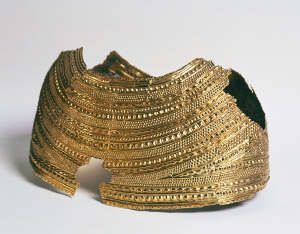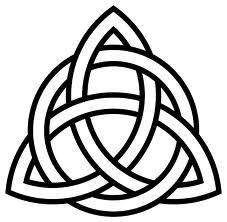Sluagh a Tuath / Caledonians / Picts
Location: The Northern half of the Isle of Great Britain. Not a great sea faring culture so are not on the other islands that surround Scotland and Northumbria. From the Tweed to the Great North Sea there are tribes all over the place. Colour: Celtic Green.
People and Society: Society functions on a very localized and non-materialistic basis. While the peoples are non-nomadic, they still live in small clans and few travel outside them as such, only to go to the gatherings, which occur just after harvest and before the winter. People don't use any kind of currency instead of relying on a favour system with-in local communities and a recorded exchange system between clans. The language is quite similar with the natural regional dialects and such; however someone from Caithness can understand someone from Argyll and is a Gaelic class of the Celtic etymological group. The religion is polytheistic, with people praying to a verity of gods in sacred groves and religious stones. There is a clergy of druids, who are persists that travel from clan to clan bless crops and healing the sick, they do not hold any secular power, although are very well trained fighters. Women have an important role, while not 100% equal to men they can do most the things that men can, like rule in some clans and choose their husbands.
Government: There is a High chieftain, however his role is most ceremonial and only used in a time of civil strife or external invasion. His (or Her is some cases) is not hereditary, instead when one chieftain dies, there is an election[1] where the various chieftains vote for the next chieftain, as do some of the elder druids; which is the greatest extent of their secular power. The main role of the chieftain is to settle disputes between Clans and distribute food at the grand "Feast of the thousand" after each harvest and before each winter. Apart from that it is mostly chieftains that run their own clans, and their success ranges from election to seniority to fighting prowess to progentire.
Economy: There is no formal economy, instead there is a favour system where people help each other out in times of need in exchange for the same in theirs. Between tribes there is a recorded trade system which is decided and help record by the High Chieftain. This has interestingly lead to an odd form of writing, there is no written language however mathematical records can be kept.[2]
Military: Each tribes has some fighters and hunters[3] but there is no formal army in anyway shape or form. The only times the tribes would join together is when there is an external threat to them all.
[1] Like a Kingsmoot
[2] It is like a form of Algebra, which can be used to record 3 goats for 10 bushels of wheat but not what the chieftain said last night.
[3] Some Tribes still hunt for food, while others farm and fish to gain their sustenance.








